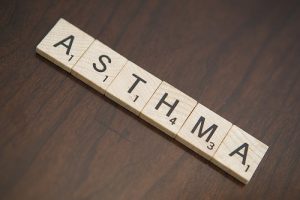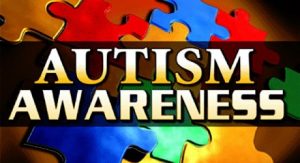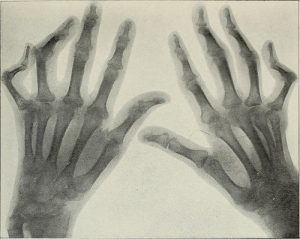
By: William Brawley
POST NASAL DRIP is a condition that occurs from a trigger to allergens or blockage of the sinuses.
Humans normally create mucous and swallow it when not drink or eating. So, What’s The Problem?!
The mucous becomes thick, or more mucous is produced because of underlying causes.
Post Nasal Drip will make someone cough excessively. It can be a very troubling condition interfering with sleeping, eating and speaking.
Blockage Causes:
- Anatomical abnormalities such as a deviated septum
- Acid Reflux which burns the mucous lining of throat increasing production
Thickened Mucous Causes:
- Triggered by Allergens-these are substances in your environment such as: dust, pollen, pet dander
- Can lead to sinus infection which can become chronic if not treated by an MD
Take Caution: Post Nasal Drip can lead to a chest infection in people with respiratory
disease
How do I decrease symptoms of Post Nasal Drip?
Fact: Clean your environment or limit exposure to allergens.
An air purifier can help.
Fact: Drink Plenty of fluids to thin mucous
Fact: Try soothing nasal passages with a saline mist OR rinse using a Nettie Pot
Fact: If the condition persists, you may have an infection. See your MD. Your MD could prescribe antibiotics or allergy medication. Your MD may also perform an Allergy Test
References:
The Dr. Oz Show. The Post-Nasal Drip Myth. Retrieved November 7, 2017, from http://www.doctoroz.com/blog/jonathan-e-aviv-md-facs/post-nasal-drip-myth
Doc Talk. (2015, March 23) Post Nasal Drip Treatment Options- Andrew Florea MD. retrieved from https://www.youtube.com/watch?v=gA5UtiuAP6U&feature=youtu.be
Healthy Wealthy. (2016. November 13). How to Cure Post Nasal Drip. Retrieved from https://www.youtube.com/watch?v=-7oCgyKitAI&feature=youtu.be














